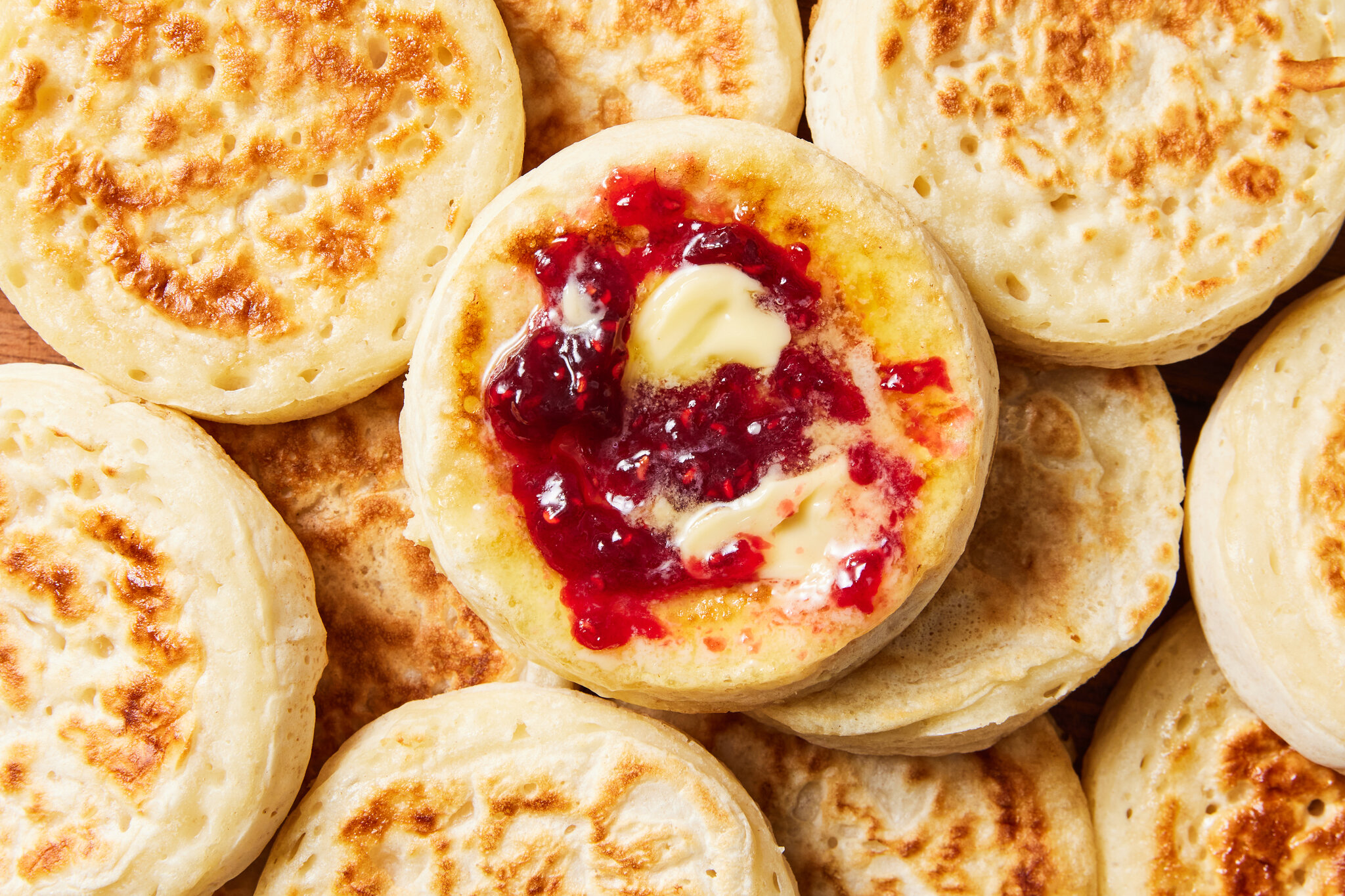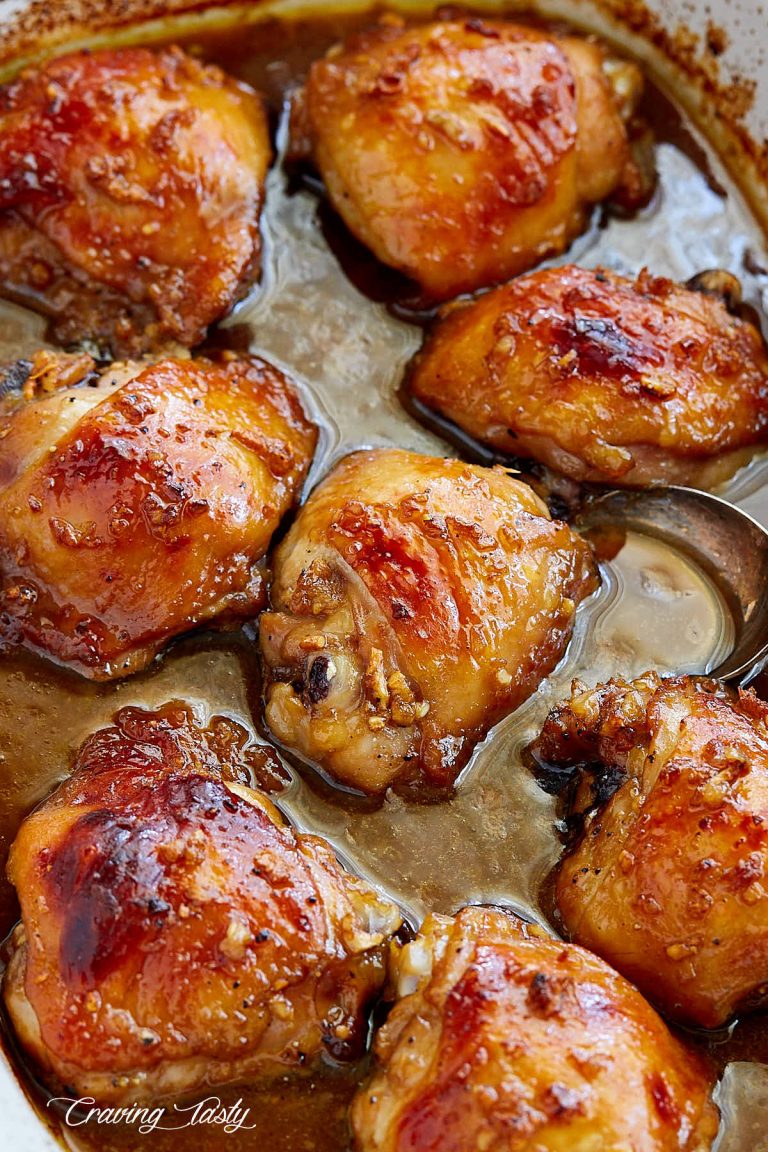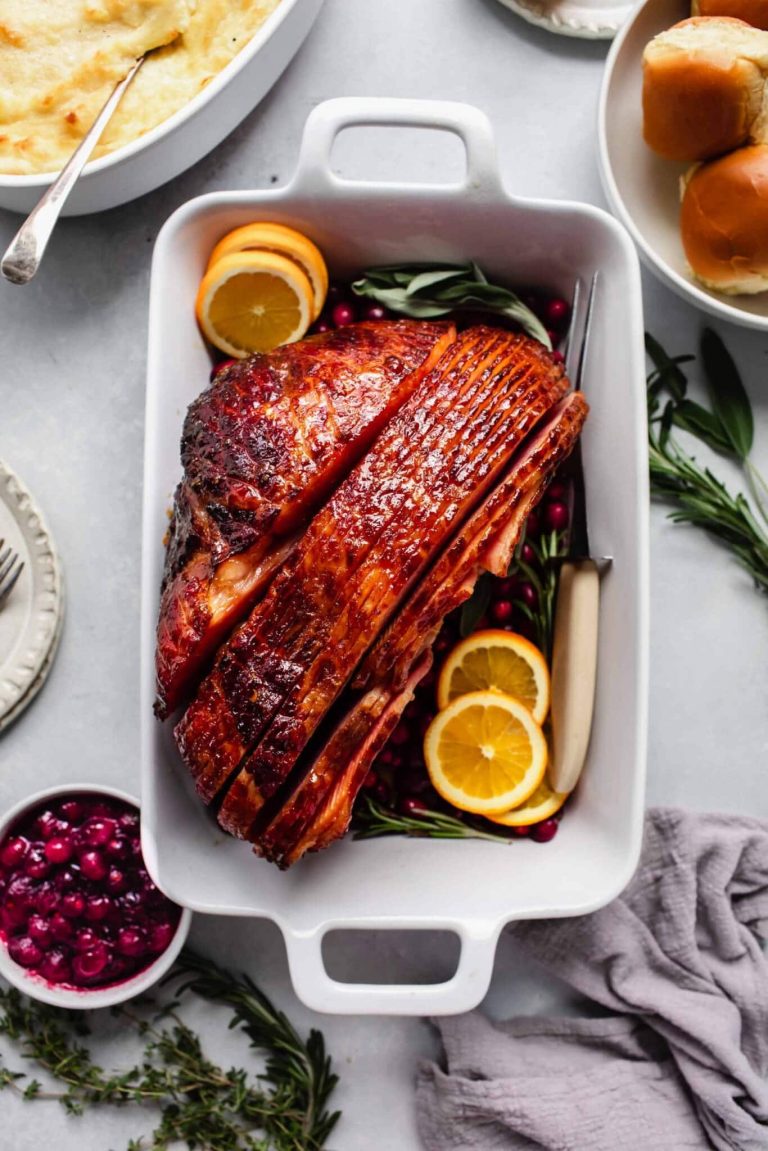Crumpets: A Deep Dive into Their History, Preparation, and Where to Find the Best Ones
Crumpets trace back to the 17th century in the UK when they were simple griddle cakes. Over time, modifications transformed them into the familiar spongy, hole-filled delicacy. They gained popularity during the Victorian era as an essential part of English breakfast and teatime.
Key Ingredients and Cooking Methods
Crumpets consist mainly of flour, water, milk, yeast, and a pinch of salt. To achieve their signature texture and holes, cook the batter on a griddle using crumpet rings. Unlike pancakes, the batter is thicker, allowing bubbles to form and create the distinctive holes. Cook them until the tops set and holes appear, then flip briefly to finish cooking.
The Taste and Texture of Crumpets
How to Describe the Flavor
Crumpets offer a mild, slightly tangy flavor due to the fermentation from yeast. Their subtle taste, not overpowering, often pairs well with toppings like butter, honey, or jam. The softer, somewhat chewy interior contrasts with the crisp edges, providing a balanced taste experience. When lightly toasted, crumpets develop a nutty undertone, enhancing their overall flavor profile.
Why the Texture Is Unique
Crumpets are known for their unique texture, distinguished by numerous small holes on the surface. These holes, created during the cooking process, allow the crumpet to soak up butter or other spreads quickly. The exterior turns crispy when toasted, while the inside remains spongy and moist. This combination of a slightly crunchy exterior and a tender, airy interior makes crumpets distinct from other baked goods like pancakes or English muffins.
How to Enjoy Crumpets
Traditional Toppings and Pairings
Butter enriches crumpets’ flavor and enhances their distinct texture. Spread a generous amount on a warm crumpet to allow it to melt into the pores, creating a delightful taste experience. Honey provides a sweet contrast to crumpets’ slightly tangy flavor and pairs well with butter. Drizzle honey over a buttered crumpet for a classic combo.
Jam is another popular topping that adds a burst of fruity flavor. Spread strawberry, raspberry, or marmalade for a traditional teatime treat. Cream cheese offers a creamy, tangy alternative. Top with smoked salmon to create a sophisticated snack.
These traditional pairings highlight crumpets’ versatility and ability to complement various flavors, enhancing their appeal.
Modern Takes on Serving Crumpets
Avocado modernizes crumpets, appealing to contemporary tastes. Smash avocado with lime juice and salt and spread it over a toasted crumpet. Add chili flakes or tomatoes to elevate the dish.
Nut butter, like almond or peanut, adds protein and flavor. For added texture and sweetness, sprinkle seeds or drizzle maple syrup on top of the nut butter.
Eggs introduce a savory element. Top a crumpet with a poached or scrambled egg, and finish with herbs like chives or parsley for added flavor.
These modern twists demonstrate crumpets’ adaptability, making them suitable for various preferences.
Comparing Crumpets with Other Breakfast Foods
Crumpets vs. English Muffins
Crumpets and English muffins both feature distinctive textures. Crumpets have a porous surface with many small holes that absorb spreads quickly. English muffins have a denser, bread-like texture with a more uniform, less porous surface. When toasted, crumpets become crispy on the outside while staying spongy and moist inside. English muffins, on the other hand, toast evenly, resulting in a uniformly crisp exterior with a chewy interior.
Ingredients also differ between the two. Crumpets use a batter made from flour, water, milk, yeast, and salt. English muffins use a dough containing flour, water, sugar, yeast, salt, and sometimes milk or butter. This variation in ingredients contributes to their differing textures and flavors.
The method of preparation further sets them apart. Crumpets are cooked on a griddle using rings to shape them. English muffins are cooked on a griddle but then oven-baked to finish. This additional baking process gives English muffins a slightly firmer texture compared to crumpets.
Similarities with Other International Dishes
Several international breakfast foods share similarities with crumpets. Below are a few examples:
- Pikelets: Found in Australia and New Zealand, pikelets are smaller, thicker versions of crumpets. They use similar ingredients and cooking methods but lack the signature holes of crumpets, resembling mini pancakes in texture.
- Blini: Russian blini are small, thick pancakes made from a yeast-based batter. They offer a similar spongy texture and can be served with sweet or savory toppings, akin to crumpets.
- Montreal Bagels: These bagels have a slightly sweet taste and spongy interior due to being poached before baking. Although denser and lacking the porous surface of crumpets, their texture offers a comparable moistness.
- Dosa: South Indian dosa, a fermented rice and lentil crepe, showcases a tangy flavor from fermentation, similar to crumpets. However, dosa has a much thinner, crispier texture.
These international dishes highlight the versatility and appealing characteristics of crumpets, showing that the unique texture and adaptability transcend cultural boundaries. They illustrate how crumpets fit within a broader context of beloved breakfast foods worldwide.
Where to Find the Best Crumpets
Famous Crumpet Shops and Cafes
Finding the best crumpets starts with knowing the right places to visit. In London, consider stopping by the Crumpet Boutique, renowned for its traditional recipes and innovative toppings. If you’re in New York City, Tea & Sympathy offers authentic British crumpets, paired with classic English tea. In Seattle, check out The Crumpet Shop, a local favorite since 1976, known for its freshly baked crumpets and diverse menu. Each of these places provides a unique twist on the classic crumpet experience, ensuring a delightful treat.
Buying Tips for Store-Bought Options
Choosing the right store-bought crumpets is crucial for a satisfying experience. Look for products with minimal ingredients, focusing on those containing flour, water, milk, yeast, and salt. Check the packaging date to ensure freshness; fresher crumpets tend to have a better texture and flavor. Examine the holes on the crumpet’s surface since well-defined holes indicate good quality. Brands like Warburtons and Pikelets are known for maintaining high standards. When possible, purchasing from local bakeries guarantees fresher options compared to mass-produced varieties.
Conclusion
Crumpets offer a delightful culinary experience that blends tradition with versatility. Whether you enjoy them as part of a classic English breakfast or a cozy teatime treat, their unique texture and flavor are sure to impress. Exploring different toppings and preparation methods can add a personal touch to your crumpet experience.
When seeking the best crumpets, consider visiting renowned shops and cafes in cities like London, New York City, and Seattle. For those opting for store-bought varieties, prioritize brands known for quality and freshness. With these tips, you’re well on your way to enjoying the perfect crumpet every time.





